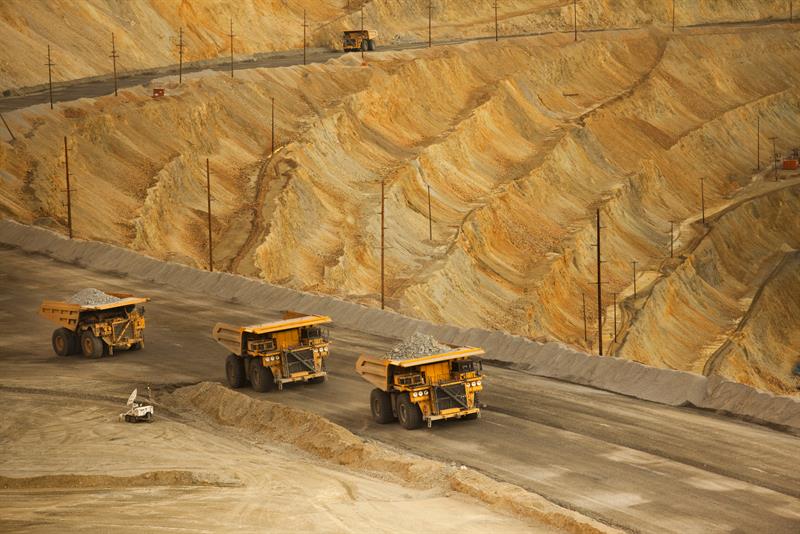41 per cent of respondents from 100 large mining companies said that they would use IoT to increase the automation of business processes, while 44 per cent said that it would help them to identify cost saving and efficiency opportunities.
Joe Carr, director of mining at Inmarsat, commented on the findings: “It is no surprise to see that mining businesses are looking to IoT to help them gain a competitive advantage. Mining businesses across the world are under constant pressure to produce the same product at a lower price than their rivals. At the same time, it is becoming harder to find high quality deposits in lower sovereign risk countries.
“This pressure is amplified in developed economies, such as Canada and Australia, where labour costs are much higher than in emerging markets, leaving operators in these territories at a significant competitive disadvantage. These businesses must drive down operating costs and improve productivity to remain competitive, and the most effective way to do this is the adoption of IoT and automation.
“Using automation to reduce labour requirements can make a big difference to an operator’s bottom line. For example, an Australian open pit mine might employ 100 truck drivers each earning AUD$200,000+ per annum, which is then replicated on staff working on the trains, and the maintenance personnel. IoT will be critical in enabling mine operators to reduce the amount of manual extraction and transportation of raw materials, as it will allow for the introduction of more autonomous infrastructure, such as fleets of unmanned trucks and trains. Autonomous technology can also enable an around-the-clock, 365 days-a-year operation, removing the need for shift change and improving safety by removing the person from the environment, further increasing productivity.”
Carr concluded: “We are currently working with some of the mining industry’s largest operators to deliver increased automation, which in turn results in increasing speed across the mining process, helping to reduce average cycle times and improving productivity. Mining technologists are increasingly aware of the importance of satellite connectivity in their mines, understanding that IoT solutions cannot function without reliable connectivity to gather and transmit data from connected sensors and devices to control rooms.”

According to the report, the World Economic Forum has calculated that the economic impact from digital transformation for the mining sector could be between $428 billion and $784 billion for the period 2016-2025.
Some progress has been already made: “The Rio Tinto Mine of the Future has seen the deployment of the largest fleet of automated haulage trucks in the world and the development of an automated long distance railway system,” the report states. “The automated trucks have already saved approximately 40,000 litres of fuel every year, and reduced haul and load operating costs by approximately 13 per cent. IoT-based solutions can also have an impact in the development of automated exploration drones, enabling a more accurate assessment of territory before drilling begins.”
The Future of IoT in Enterprise report asserts that better use of data, IoT, drones and autonomous vehicles could result in a range of benefits including reduced time from initial survey to material extraction, in fewer injuries and better protection for employees, the 24/7 movement of materials, fuel savings (as illustrated earlier with the Rio Tinto example), together with faster processing and production.
However it also notes that the sector faces additional challenges when it comes to making best use of its data: “Its workforce is ageing and while older workers possess more deep industry knowledge, they are also less comfortable with digital tools. With millennials often failing to look favourably at the mining industry and shunning more mechanical-physical careers, it is not surprising that the mining industry has a skills shortage when it comes to IoT. It is highly probable that this shortage is contributing to the delayed development of digital-first operations when compared to other sectors in this research project.”



